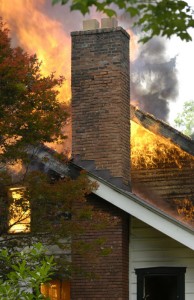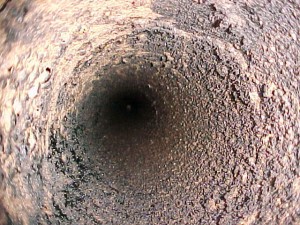Fire Investigation Services
It isn’t just old chimneys that need routine care! In our historic region of New England, we specialize in historic chimneys for good reason. In order to provide the best services for all of our customers, we offer chimney and fireplace consultation services in addition to a full selection of chimney care and maintenance.
Chief Chimney, Service for Decades 
With over 30 years of experience, our team at Chief Chimney Services continues to be the choice for our friends and neighbors in and around Suffolk County New York. Our collective experience combined with our thorough training, examinations, and credentials make us the best. Our team can help troubleshoot and diagnose problems with your chimney and fireplace system that have been present but overlooked for years. We take care of chimneys from top to bottom and can sweep and inspect your chimney system year-round.
Fire Investigation When Disaster Strikes
Having a professional investigate the cause of your fire may be the furthest thing from your mind when you have a chimney-related fire. However, this is an important service that we provide for our existing customers and new ones alike. Scheduling fire investigation services after a chimney fire can help you better handle your insurance company and attorney and offer advice when a very stressful situation can often cloud judgment. During a fire investigation, our technician will determine the definitive cause of the fire. This type of service is often called an origin and cause investigation. It takes place after a fire is extinguished, and can’t be completed by just anyone.
The Process of Fire Investigation
First, a fire occurs. Many flue fires may go out on their own due to lack of fuel or oxygen. About 15 percent of reported house fires are a result of heating appliances, and these are the types of fires we want to help you understand better. After a fire is extinguished, an investigator determines first if the fire is the result of a crime. Then, the investigator looks at the remains after a fire to reconstruct the events which led up to the fire. Through this process, a fire investigator can determine the origin of the fire (location, appliance, etc.) and the cause (damage, misuse, etc.). In most cases, house fires are preventable.
NFPA’s Top Ten Preventable Causes of U.S. House Fires
According to the National Fire Protection Association (NFPA), there are ten preventable causes of most U.S. house fires. While we can’t help you with all of these, we want you to be aware!
- Cooking
- Kids playing with fire
- Smoking
- Heating
- Electrical
- Candles
- Fireplace
- Dryers
- Flammable products
- Christmas trees
When it comes to house fires, you can prevent them and we want to help. While we offer fire investigation services, we would much rather meet you—and your chimney—before an accidental fire occurs!
If you reside in the Suffolk County area and own or rent a home with a chimney system, we can help to prevent devastating accidental fires by completing routine chimney sweeps and annual inspections. These important appointments keep chimney and fireplace systems efficient, safe, and long-lasting.
Schedule a chimney sweep or inspection today. Call our office at 631-863-2460 to meet one of our experts and plan a consultation or investigation today.


